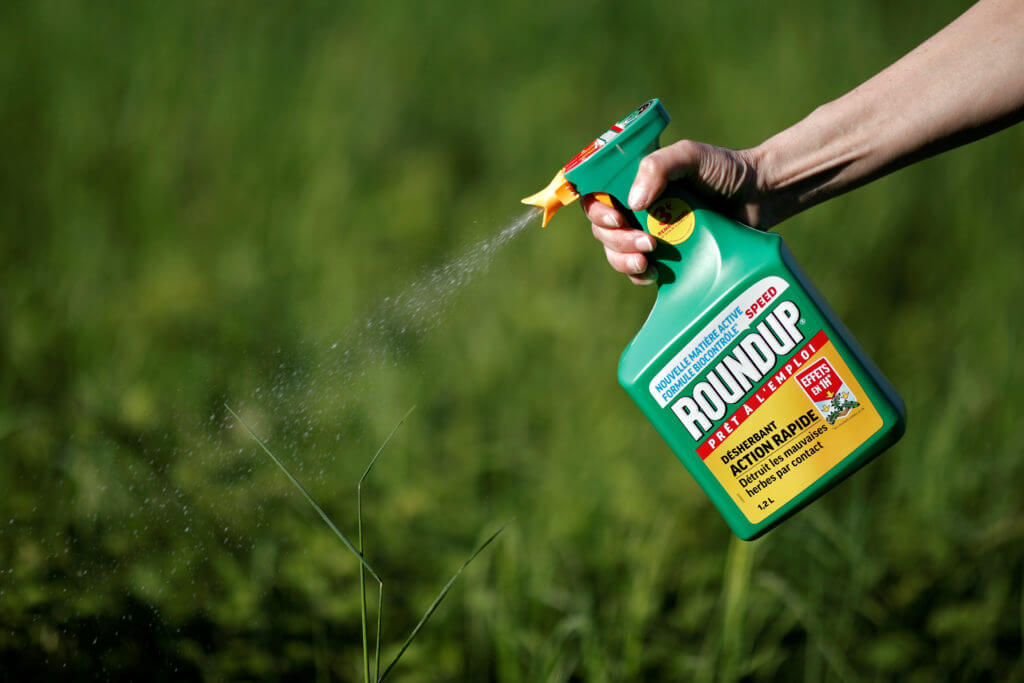Glyphosate, the active ingredient in Roundup, one of the most common herbicides around the world, has once again been linked to a disease.
After it appeared on the list of so-called “obesogens”, substances linked to obesity, glyphosate is now considered one of the potential causes of a mysterious increase in cases of chronic kidney disease.
A study from Duke University researchers suggest that glyphosate could be responsible for what could be called an epidemic of chronic kidney disease in rural communities in Sri Lanka and similar regions around the world.
Despite Sri Lanka having banned glyphosate, the substance can remain in the soil for up to 22 years – and nearly a decade in bodies of water as well.
“Roundup is a glyphosate-based herbicide used to control weeds and other pests. Because it is supposed to break down in the environment within a few days to weeks, its use is relatively under-regulated by most public health agencies.
But when glyphosate encounters certain trace metal ions that make water hard — like magnesium and calcium — glyphosate-metal ion complexes can form.
Those complexes can persist up to seven years in water and 22 years in soil. In certain agricultural areas of Sri Lanka, the high, dry climate combined with its geological formations creates the perfect conditions for hard water.
It is also in these regions that CKDu has reached epidemic levels, with as many as 10% of children aged 5-11 years exhibiting signs of early onset kidney damage.
[Nishad Jayasundara, the Juli Plant Grainger Assistant Professor of Global Environmental Health at Duke] believed that glyphosate may play a role in CKDu incidence because of the region’s hard water, even though Sri Lanka has banned use of the herbicide. To test his hypothesis, Jayasundara teamed up with environmental chemist Lee Ferguson, an associate professor of civil and environmental engineering at Duke and his Ph.D. student Jake Ulrich.
In collaboration with Mangala De Silva, a professor at the University of Ruhuna, Sri Lanka, the Duke team sampled more than 200 wells across four regions in Sri Lanka.
Ferguson’s lab at Duke employs high-resolution and tandem mass spectrometry to identify contaminants — even the barest trace of them — by their molecular weights.
It’s a highly sensitive method of identification and quantitation that allows a broad view into the pollutants present in a water system. Through this technique, the researchers found significantly higher levels of the herbicide in 44% of wells within the affected areas versus just 8% of those outside it.”
Ulrich also said that their research was focused on drinking water but that “there are other important routes of exposure — direct contact from agricultural workers spraying the pesticide, or perhaps food or dust,” which means more research is needed.
Also read: New Study Says Fertilizing Your Flowers Makes Them Repulsive to Bees
Follow TechTheLead on Google News to get the news first.



















